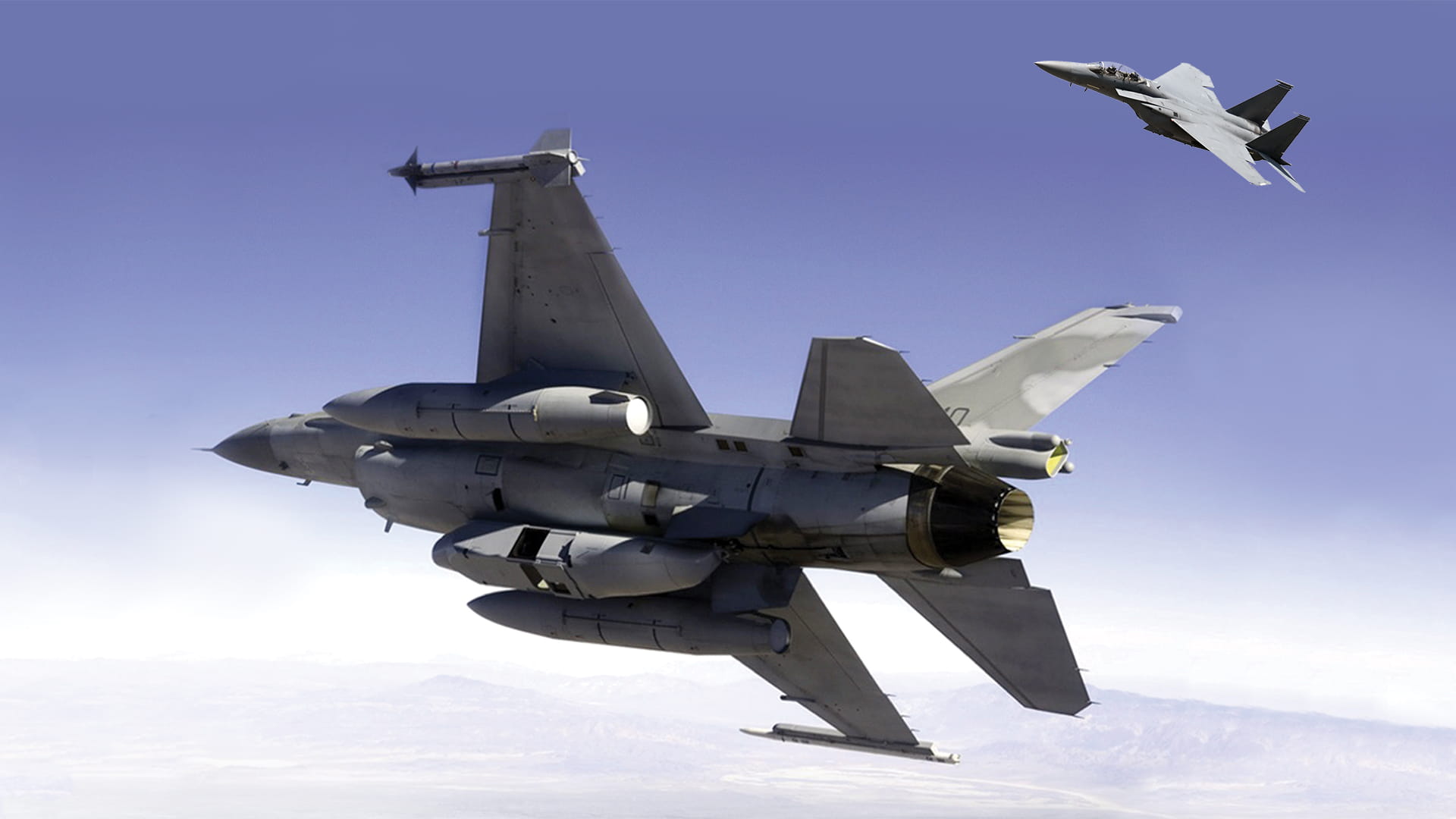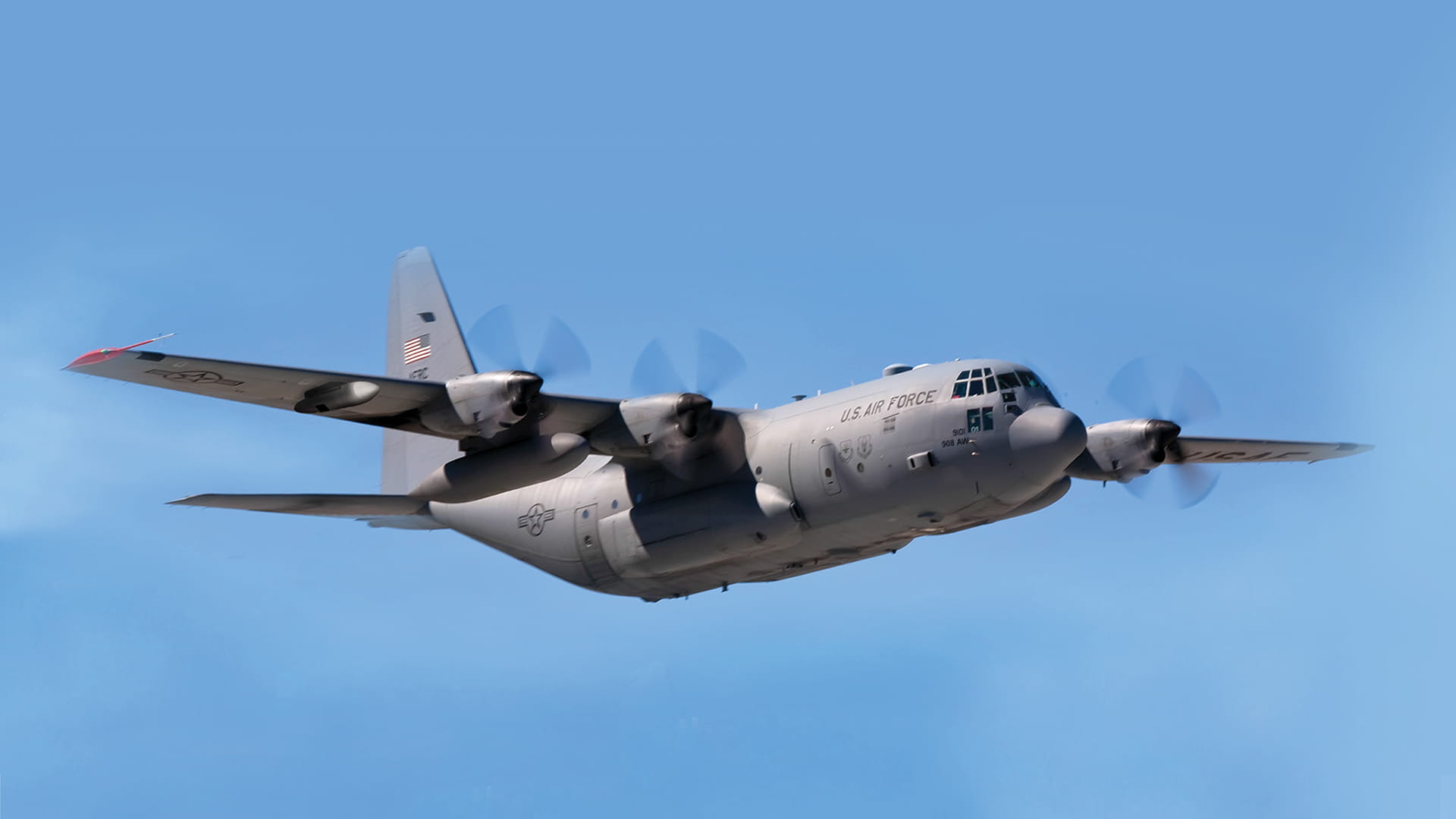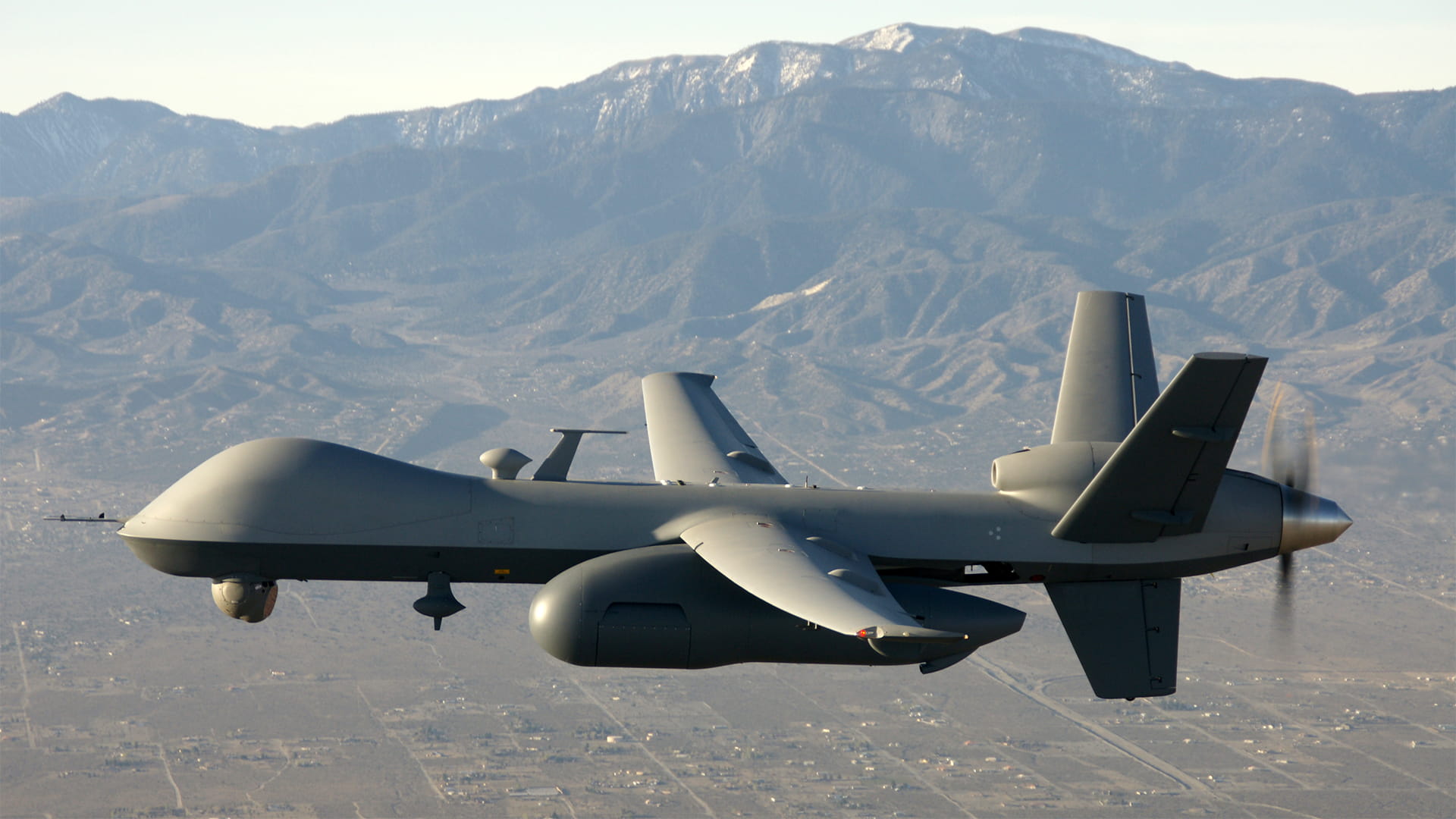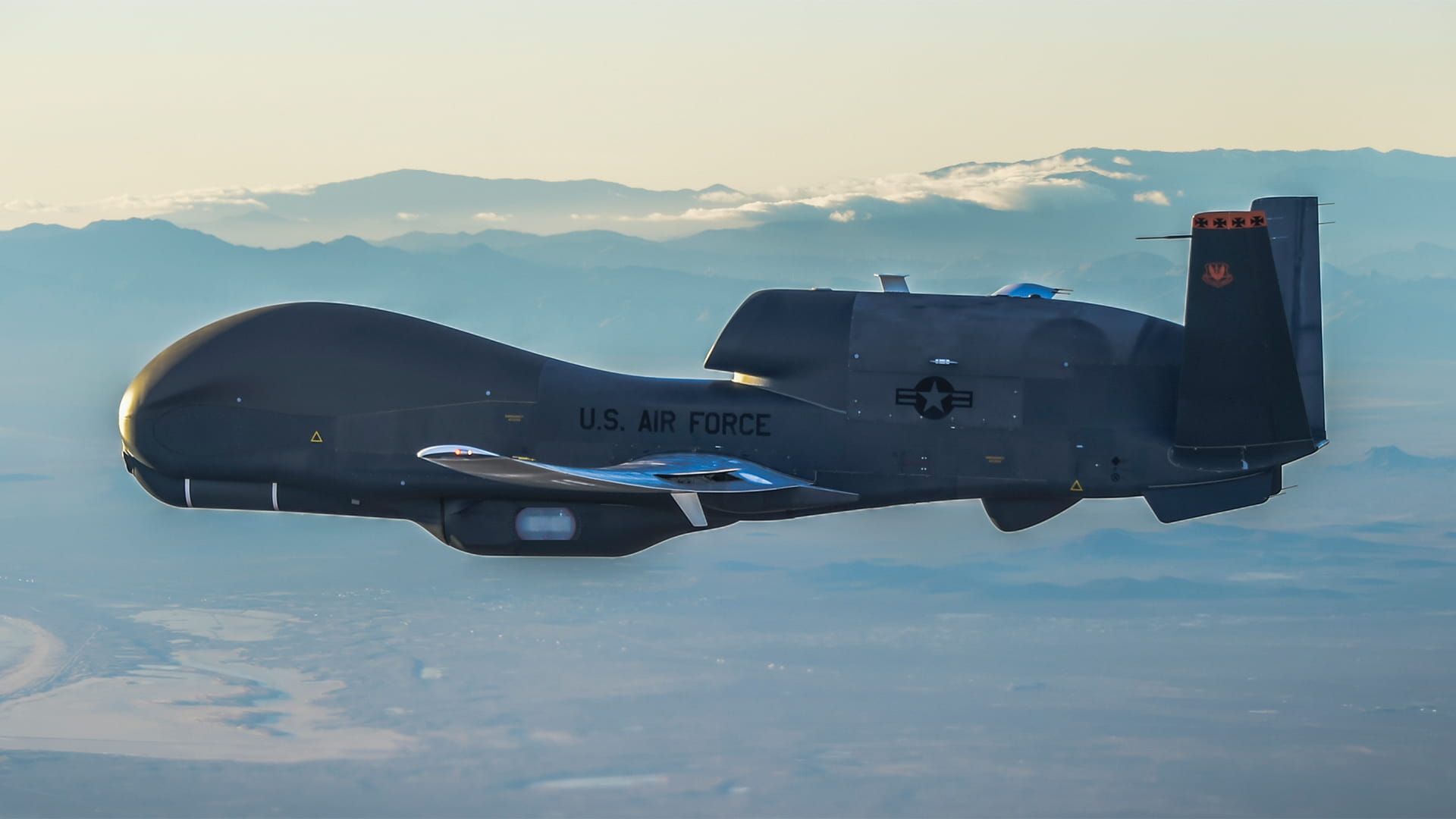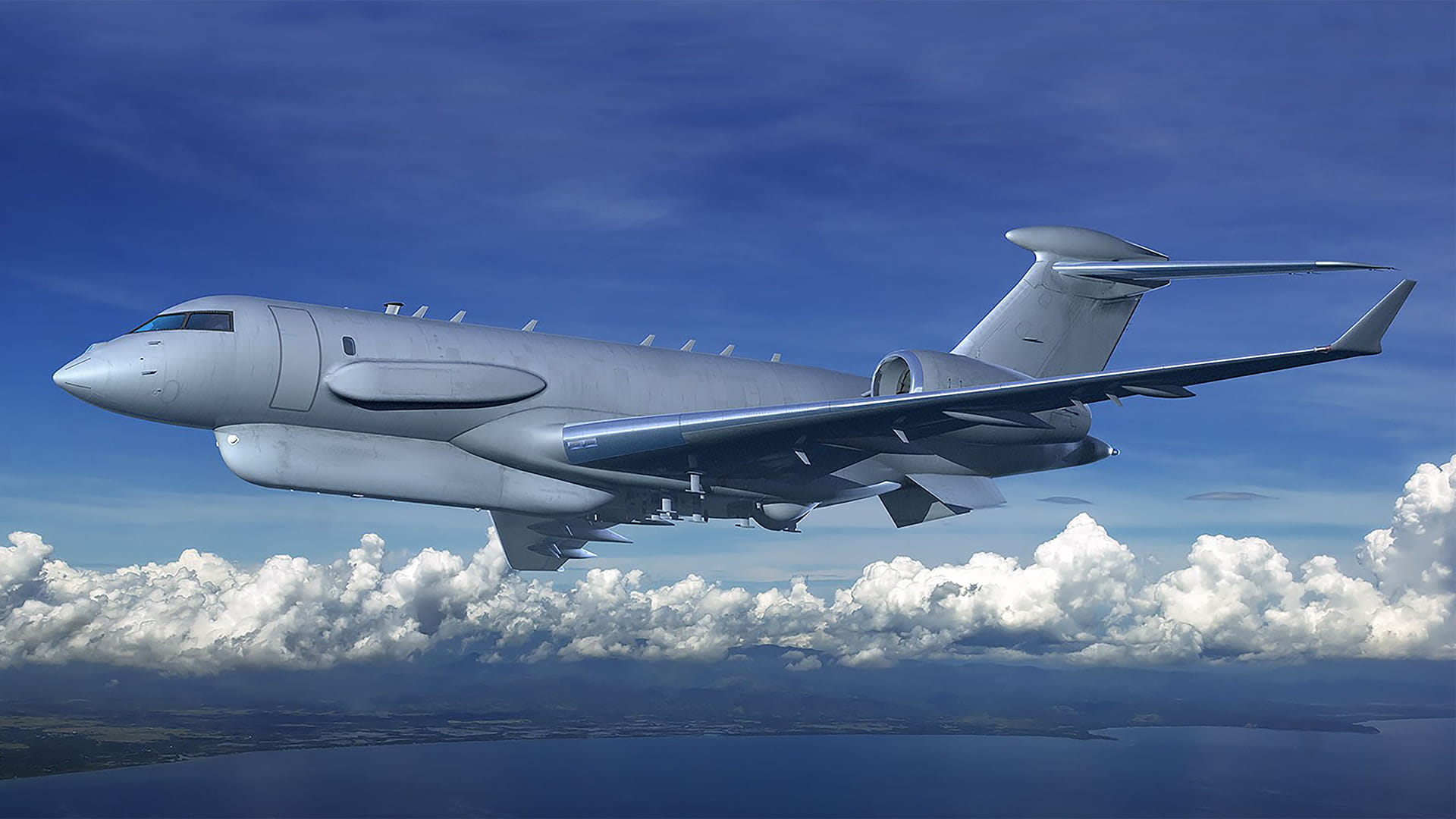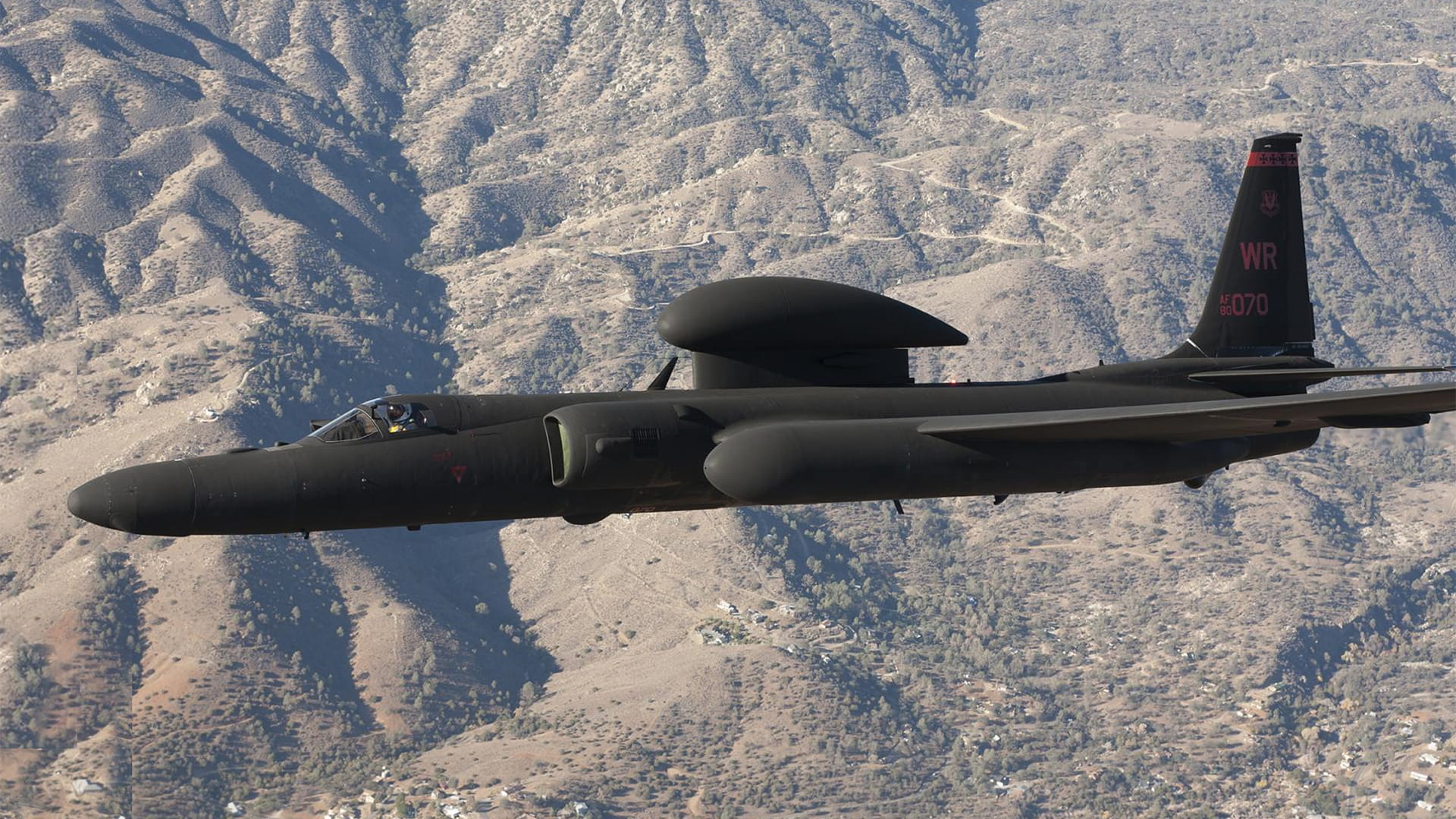Strategic systems
Raytheon is a leading U.S. provider of high altitude strategic and fast jet tactical reconnaissance capabilities. For over 60 years, we provided the principal optical sensor (SYERS) for the USAF U-2 aircraft, and to this day we provide responsive deployed support to this critical national resource. The follow-on MS-177A was chosen to be the future sensor for the Global Hawk strategic UAV and is now being targeted in other roles for additional platforms.
SYERS-2C

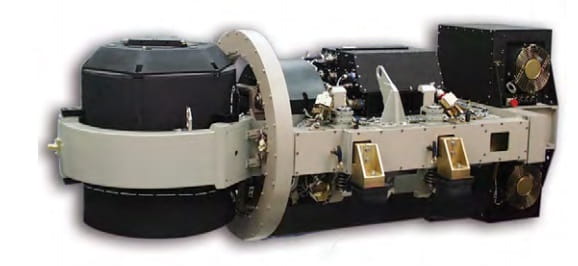
MS-177
The MS-177 Family of Systems (FoS) sensor will provide better image resolution over a longer range and greater coverage area per hour than any other Intelligence, Surveillance and Reconnaissance (ISR) sensor in the U.S. military inventory. In addition to the Northrop Grumman Global Hawk, MS-177 will be able to operate from multiple other ISR platforms, satisfying military requirements for both land and maritime missions.
The MS-177 is the next evolution of Raytheon’s Senior Year Electro-optical Reconnaissance System (SYERS) sensor, currently flown on U-2S aircraft. The SYERS-2 sensor pivots from side to side, while the MS-177 also squints forward and backward, enabling new imaging capabilities. The MS-177 sensor will ultimately be converted into the MS-177A and will offer further expanded spectral performance, enhancing data identification capabilities and assisting in the collation of improved and actionable intelligence.
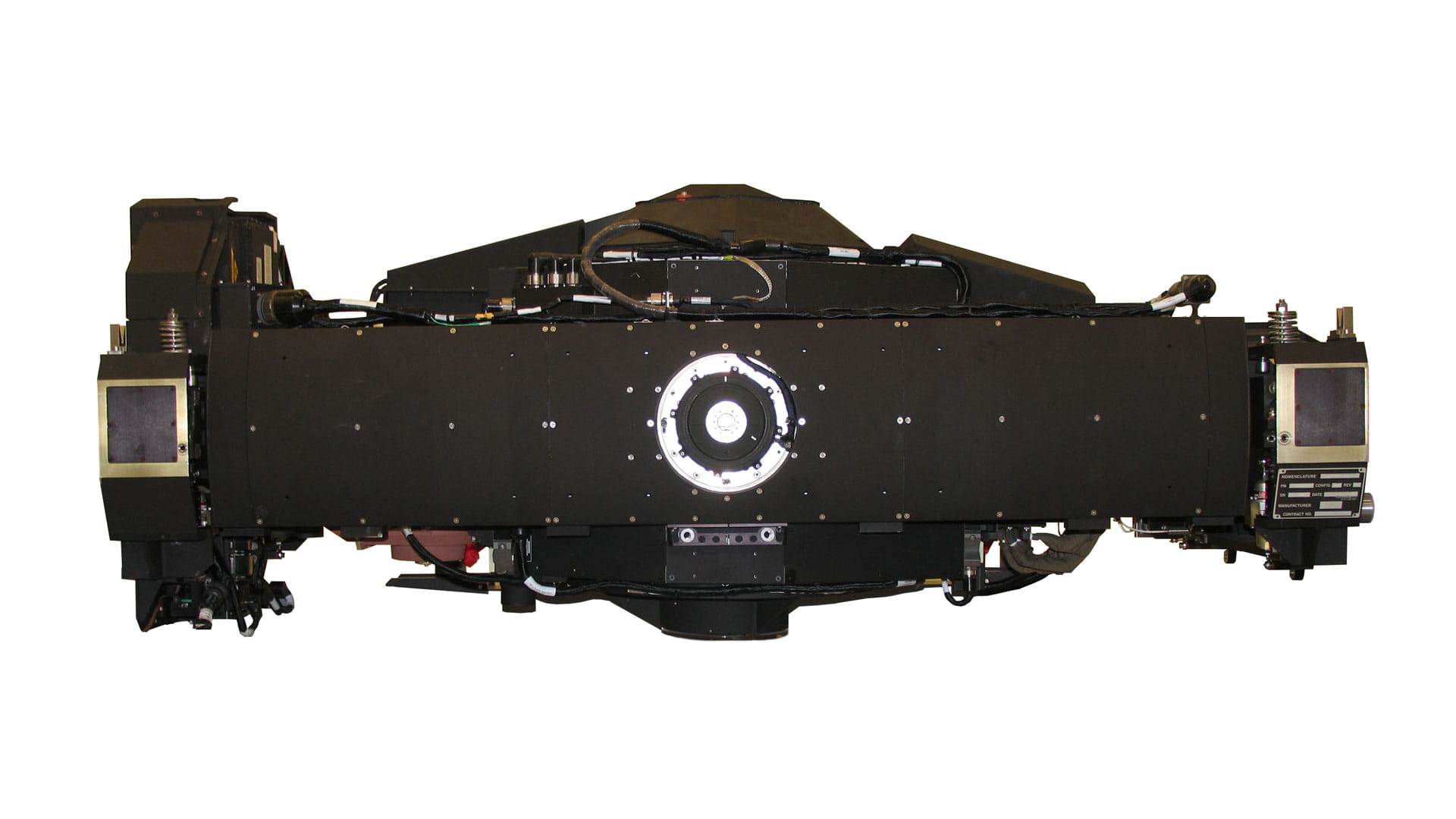
Tactical systems
Internationally, the DB-110 fast jet pod reconnaissance system is the primary U.S. produced wide area long-range system currently in service. This EO/IR system is used by 18 international air forces, primarily aboard F-15 and F-16 tactical jets.
New capabilities for international air forces include the MS-110 EO/IR system which offers a multi-spectral imaging capability now entering operational capability with two initial customers. Complementing the MS-110 is the TacSAR radar pod which allows operators to mirror the US U-2 sensor combination of both optical and SAR/GMTI capabilities.
MS-110 Multispectral Imagery System
Raytheon MS-110 represents the next generation of the widely deployed DB-110 dual band airborne reconnaissance system providing day and night, wide area, long-rang imagery coverage. The MS-110 is the only U.S. fast jet recce pod currently offered to international customers.
Our MS-110 system provides improved intelligence advantage over legacy systems by using:
- Multispectral imaging in multiple visual and IR bands
- Common ground coverage of all bands
- Improved area coverage at long standoff ranges
- Improved image quality (NIIRS) MS-110 multispectral airborne reconnaissance system
- Imagery exploitation software designed to rapidly leverage the unique features of MS-110 imagery
- Shortening sensor to shooter timelines through rapid exploitation of multispectral imagery via high speed near-real-time data link capability
MS-110 integrates seamlessly into the existing DB-110 system CONOPS and architecture, employing common ground support equipment. The sensor is compatible with carriage on advanced fighters (US F-16, F-15 and F/A-18 as well as Gripen and other fast jet platforms), C-130s, MPA class aircraft, special mission craft and MALE UAVs such as MQ-9.
MS-110 Multispectral Imagery System
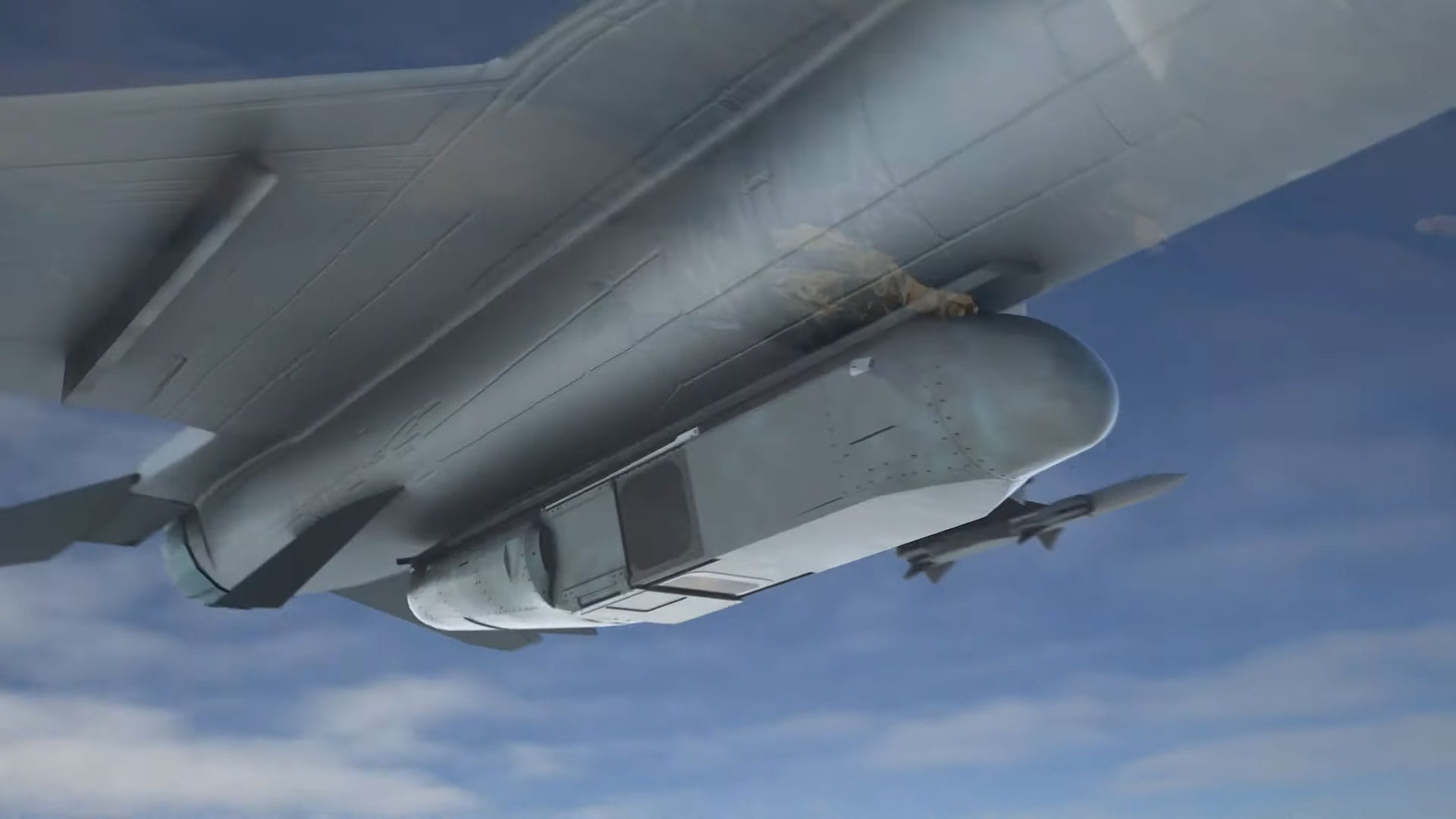
Tactical Synthetic Aperture Radar (TacSAR) airborne reconnaissance system
For air forces to have a true all-weather day-night capability with the ability to identify high value and moving targets under all conditions, it is critical to have a radar complement to the optical systems currently flown by most operators. Built on the operational pedigree of the DB-110 EO IR system and in partnership with Leonardo, TacSAR provides commanders with this vital component to a complete ISR capability.
The TacSAR pod features the integration of the Leonardo Osprey-50 Advanced Electronically Scanned Array (AESA) into the DB-110 and MS-110 overall architecture and offers 24/7 mission effectiveness for multiple combat ISR missions. Commonality with the DB-110 and MS-110 systems include mission planning and exploitation tools, identical data link, similar flying CONOPS and select LRUs and GSE.
The Osprey-50 AESA provides operators with:
- High resolution spot SAR imaging for areas of specific interest
- Wider area strip SAR imaging for wide-area targets (such as airfields) or reconnaissance of line features
- Wide area Ground Moving Target Indicator (GMT) – Real-time or forensic data on moving ground targets over a wide area
- Maritime surveillance and tracking for a comprehensive picture of surface vessels
- Mode interleaving to maximize operational flexibility and all-weather operations
DB-110 (Dual-Band Visible/ IR) Reconnaissance Pod
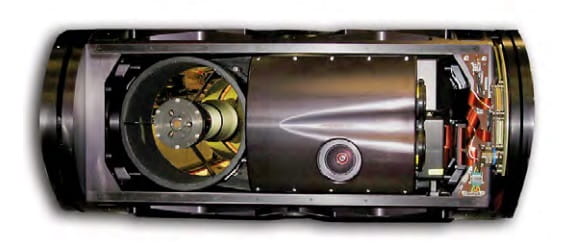
While no longer in series production, the DB-110 remains a cornerstone of the tactical reconnaissance capabilities of some 18 international air forces. Its wide area, long range capabilities, coupled with the responsiveness and survivability of the fast jet platform were major factors in the system becoming the most widely deployed pod in its class. In addition to fast jet applications, the DB-110 is installed on several special mission aircraft platforms and has been demonstrated on MALE UAVs such as the MQ-9.
Existing operators may choose to upgrade their systems to a MS-110 configuration by replacing key optical components and several LRUs. Upgrade work may be accomplished at the customer’s home country facilities, limiting any gap in critical ISR coverage.
Raytheon is committed to providing long term sustainment to this system both via FMS channels as well as direct commercial arrangements.

